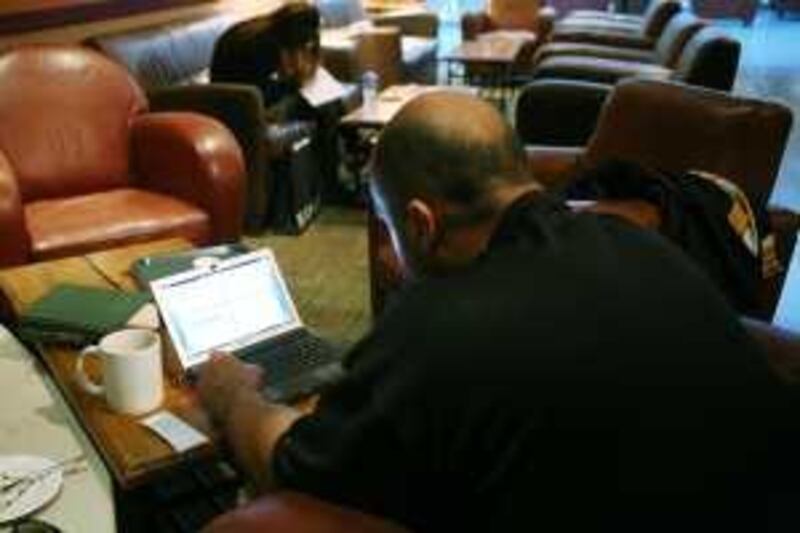Internet connections across the Middle East should return to normal on Tuesday, with all three undersea cables connecting the region to Europe repaired and at full capacity. The fibre-optic lines running along the Mediterranean Sea floor have been undergoing repairs by French and Italian maintenance crews for the past two weeks. All three were damaged, almost simultaneously, on the morning of Dec 19. The same cables were also damaged in January last year.
No official explanation has been given for the cuts, but speculation centres on a possible undersea earthquake. Etisalat said yesterday that all three cables - and most importantly the high-speed Sea-Me-We4 line that carries the majority of the company's traffic - have been fully repaired. Cable operators and internet providers spent the day reconfiguring the technical systems that direct traffic through different lines, with full service expected to resume this morning.
Qtel, the Qatari national telecommunications company, said late yesterday that services in the country had also returned to 100 per cent of regular capacity. While connections slowed to a crawl in the hours following the cuts, most users reported slow but reliable connections within 24 hours, and services have returned almost to normal in recent days. But some bandwidth-hungry web services remain blocked or restricted by internet providers.
In the UAE, access to popular video-sharing websites such as YouTube, and online gaming platforms such as Microsoft's Xbox Live, has been restricted. Etisalat officials could not confirm whether the services would become available again today. Some businesses, particularly those in the internet industry, felt the impact of slower connections on their ability to work as usual. "It was hit and miss," said Rida al Barzai, the development manager of Spinbits, a web consultancy based in Dubai Media City. "It was lucky it happened during a holiday period, because otherwise the problems would have been much greater."
In other countries in the region, internet professionals said that service providers were restricting the use of file transfer protocol (FTP), a system for transmitting files between computers. Commonly used in maintaining websites, the lack of access to FTP caused problems for companies running web-based businesses. "The biggest problem here was that uploading facilities and FTP were blocked," said Mustafa Elgharbawy, a senior systems analyst at TayaIT, an Arabic-language search engine based in Cairo. "We couldn't update our website for a few days until we figured out an alternative proxy arrangement."
Repair crews initially set a deadline of Dec 31 to fix the three cables. But on Dec 25, the Sea-Me-We4 line was cut for a second time, hundreds of kilometres away from the original disruptions. This second fault complicated repair efforts and meant one repair ship had to sail to the site of the new cut, causing days of delay. The first line to return to full capacity was the Flag cable, owned and operated by India's Reliance Globalcom.
Repairs to the Sea-Me-We3 line - which at 39,000km is the longest cable in the world - were completed on Sunday. And yesterday, the Sea-Me-We4 cable, the most important of the three to UAE traffic, returned to service. The two Sea-Me-We cables are owned by a consortium of national telecoms companies. tgara@thenational.ae





